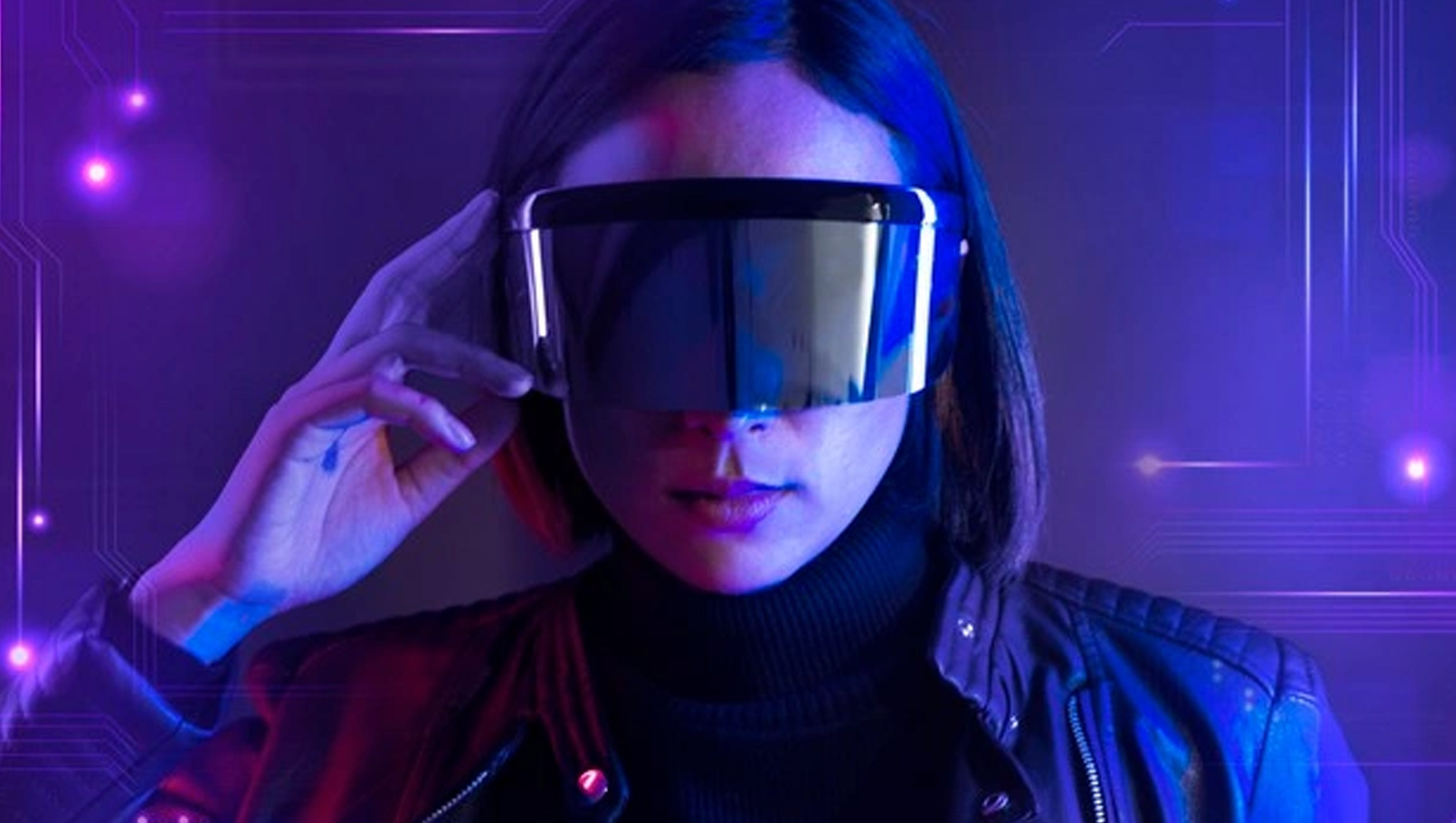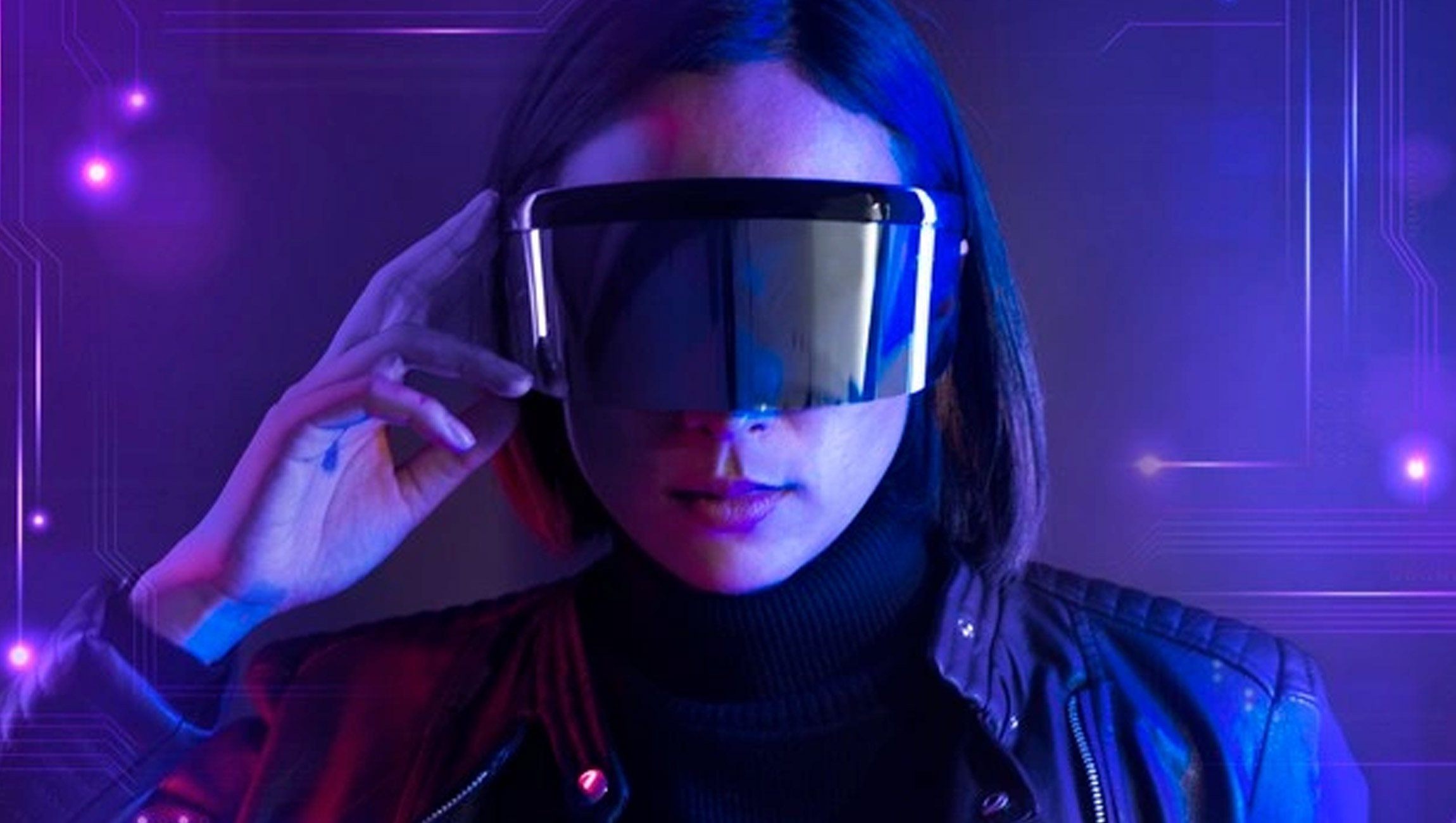
Augmented Reality and Virtual Reality Improve Project Delivery

Leveraging virtual reality (VR) and augmented reality (AR) on a project site helps to eliminate bottlenecks, improve collaboration, and enable lean delivery.
Before 2020, technologies designed for remote work played an important but mostly supporting role. Project teams used simple video conferencing tools to meet over long distances. Digital twin technologies were evolving, guiding teams towards a deeper understanding of their facilities. Project teams who wanted to squeeze more value from their BIM data were turning towards emerging augmented reality and VR applications. No one doubted the momentum behind these advances, but few could have predicted what came next.
As COVID-19 swept the globe, these digital technologies went from nice-to-have to mission-critical almost overnight. That’s when AR and VR started having their moment—a moment that’s quickly become the new way of working. This article will explore what that “new way” looks like, with a particular focus on:
- How BIM data and digital twin technologies drive immersive AR and VR experiences
- How VR drives efficiencies by immersing users in a virtual environment
- How AR supports smart decision-making by integrating real and digital environments
- The future of VR and AR technologies in lean project delivery
Augmented reality, virtual reality and extended reality explained:
Both augmented reality (AR) and virtual reality (VR) typically rely on wearable technology, like smart glasses, to immerse the user in a digital environment.
They differ in terms of how they integrate that digital environment with the real world. In the case of AR, users experience a hybrid environment in which digital elements are overlaid on their physical surroundings. This experience is sometimes also referred to as mixed reality. In virtual reality, the user is plunged in a fully digital environment, to the exclusion of the real world.
Collectively, these technologies are known as extended reality, or XR.
The concepts
- Augmented reality (AR)
- Augmented reality visualizes design intent in the real world by overlaying digital elements on the user’s environment. This gives project teams the opportunity to witness exactly how their building model integrates with the existing physical infrastructure.
- Mixed reality (MR)
- Mixed reality refers to experiences that merge real and digital environments. As a term, it’s often used interchangeably with augmented reality.
- Virtual reality (VR)
- Virtual reality immerses the user in a fully digital environment based on the building model. This gives project teams and other stakeholders the opportunity to explore, understand and engage with the building model before construction begins.
- Extended reality (XR)
- Extended reality is an umbrella term that encompasses all technologies designed to combine real and digital elements.
- Building information modeling (BIM)
- BIM is the process of authoring a digital representation of a physical environment. Modern BIM software replaced traditional paper-based design workflows, giving project teams a collaborative, multi-user digital platform for generating models and sharing real-time information. By feeding BIM data into AR and VR platforms, project teams are able to experience those models in rich and interactive ways.
- Virtual design and construction (VDC)
- This term refers to the overall process of using shared models and technology to manage and improve the entire lifecycle of a project. VR and AR are now integral components of VDC.
The tools
- Digital twin
- The digital twin is a dynamic clone of a real-world asset, such as a building. Advanced digital twin technology extends the functionality of the BIM model by dynamically capturing real-time design, construction and operational data through sensors, scanners, AI technologies, and other inputs.
Digital twins are a hot topic right now, especially as the AEC industry moves towards standardization and embraces tools that promote transparency and collaboration. Using AR and VR technologies to explore the digital twin environment, project teams can generate new insights and make valuable predictions at every stage in a project’s lifecycle. This translates to less rework during project delivery and improved safety and quality once the facility is operational.
- The digital twin is a dynamic clone of a real-world asset, such as a building. Advanced digital twin technology extends the functionality of the BIM model by dynamically capturing real-time design, construction and operational data through sensors, scanners, AI technologies, and other inputs.
- Smart glasses
- Smart glasses are wearable, hands-free headsets capable of moving digital elements in and out of the user’s view. This technology uses multiple sensors, advanced optics and holographic processing to integrate a digital environment within the real one. At CRB, we use Microsoft’s HoloLens.
- Remote assistance
- This is a category of software designed to share a real-world view with offsite collaborators. At CRB, we pair Microsoft’s Remote Assist platform with AR technology to create a dynamic, two-way exchange of information that enriches and improves project outcomes without the expense or delay of travel.
The context
- Industry 4.0
- The first industrial revolution dates back to the late eighteenth century, when the mechanized factory floor displaced traditional craft production. A fourth revolution is underway today, characterized by autonomous systems, big data and analytics, and the flow of information between physical objects (the “Internet of Things,” or IoT). Extended reality is a key component of Industry 4.0.
- Pharma 4.0
- All industries must embrace the efficiencies of extended reality to compete on the 21st-century stage, but the highly regulated nature of the pharmaceutical industry makes these cutting-edge digital tools especially vital for pharma manufacturers. That’s what Pharma 4.0 is all about: leveraging the full potential of digitalization to establish the smart factory, where teams work more closely together, information flows more easily from one function to another, and innovation happens more quickly.
- ONEsolution

- This is CRB’s approach to lean and integrated project delivery, and it’s the driving force behind our rollout of next-generation collaborative tools like augmented reality and remote assistance.
From BIM to XR: how teams build interactive, immersive digital models
The digital environment that fuels AR and VR experiences is a replica of the project team’s native model, which is co-authored inside their BIM software. In order to bridge that BIM data with their extended reality platforms, project teams typically follow a cyclical four-step process:
- Build: The engineering team uses BIM software, like AutodeskⓇ RevitⓇ, to collaboratively author the building model. This generative process often involves reality capture tools, which turn real-world data into a digital model, giving project teams an accurate canvas on which to build their design.
- Clone: They replicate that native design and push it to the VR or AR platform. Now there are two standalone models: the one built in the BIM software, and the digital twin, available as a virtual “view only” environment.
- Explore: In the case of a VR experience, team members use a headset and hand-held controllers to move through the virtual environment. Those using AR technology see their physical surroundings, overlaid with digital elements from the building model. By navigating and interrogating these environments, team members can uncover hidden design issues.
- Improve: The team returns to the BIM model to address those issues. The process repeats from step one.
This process allows team members to identify challenges further upstream in the project delivery lifecycle, before construction begins, thereby reducing costly rework and improving project coordination.
The pathway to these positive outcomes is shrinking as AR and VR platforms evolve. Cloud-based digital twin technologies, which capture and visualize not only dynamic modeling data but also real-time data from the field, are helping to cut out the interim steps between the BIM model and the extended reality environment. This means that project teams will “experience” the same building model, whether they’re on desktop software or using AR and VR hardware, further enabling cross-functional communication and proactive design and construction workstreams.
Augmented reality: a closer look
Anyone who remembers the Pokémon Go phenomenon of a few years ago has some idea of the basic AR experience. Through a smart device, users are able to see animated characters “interacting” with the real world around them.
In the context of project delivery, AR is much more than entertainment. It can save lives, as in cases where project teams use smart glasses to avoid underground utility strikes or other hidden dangers. It’s also an absolutely essential tool in supporting remote collaboration and inspection, giving project owners and AEC teams the opportunity to “be there” without ever leaving the boardroom.
In the past, project teams had to go on-site to accurately assess construction progress or to undertake complex inspections. AR technologies flip that arrangement—they bring the site to the project team. That way, when relocating isn’t possible, the team can still move forward with confidence.
All it takes is one person on-site with a smart device or pair of smart glasses capable of supporting remote AR connectivity. Using a conferencing platform like Remote Assist, the on-site operator can project everything they see to a team in another location, creating a witnessing environment that supports remote inspections and guided navigation.
So far, this may sound a lot like traditional video conferencing. Where AR adds value is in its ability to overlay digital elements and pull documentation into the operator’s view. Remote viewers also see those digital elements, and are able to interact with them or add their own, as needed.
Say, for example, the on-site operator is facilitating a virtual factory acceptance test (FAT), and one of the remote engineers wants a close-up view of a particular feature of the equipment. From the screen in their remote office, that engineer can overlay an arrow on the real-world environment, pointing the on-site operator to the exact location she’d like to inspect. It saves time, improves accuracy, and builds transparency into remote auditing and testing scenarios, keeping teams moving forward even when moving around the world isn’t possible.
It’s important that we balance the need to adopt these capabilities quickly with the need for due diligence. Hardhats, for example, were not designed to accommodate bulky headset rigs. Fastening smart glasses to a hardhat could invalidate the hat’s warranty; in worst-case scenarios, it could put a worker’s safety at risk.
As this technology matures, its supporting equipment will evolve as well. Already, we’re seeing a new generation of smaller, less intrusive hardware emerge. The Trimble XR10 with HoloLens 2, designed to incorporate a hardhat, is a good example.
Write in to psen@itechseries.com to learn more about our exclusive editorial packages and programs.
The post Augmented Reality and Virtual Reality Improve Project Delivery appeared first on SalesTech Star.
This content was originally published here.


